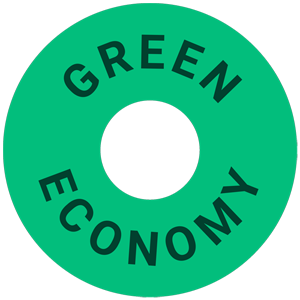E-waste is rapidly becoming one of the greatest challenges of the 21st Century.
According to the Global E-waste Monitor, 44.7 million metric tonnes of e-waste are generated each year as of 2017. 2022 was a record year for e-waste generation with 62 million tonnes being generated. As tech innovations continue to place new devices in front of consumers, this figure is anticipated to rise beyond crisis point.
Resolving a global crisis
The ‘right to repair’ system has come into effect in the EU and aims to make tech devices more accessible and climate friendly. The law covers a range of household and personal tech appliances, including mobile phones, televisions, washing machines, and refrigeration appliances.
The idea is that by encouraging consumers to repair and reuse their current tech, rates of e-waste expansion will slow and less electronic devices will be discarded into landfill. However, experts have warned that current policies aren’t enough to tackle the significant rise in global e-waste.
Present rates of e-waste recycling are improving, with 22.3 per cent of e-wate generated in 2022 being recorded as officially recycled, up from 17.4 per cent in 2019. But waste generation is still far exceeding waste recycling.
What is in the e-waste?
E-waste represents a mass of potentially high value items, all of which go to waste if not recycled or disposed of properly. According to the UN’s Global E-Waste Monitor, the e-waste generated in 2022 “contained 31 billion kg of metals, 17 billion kg of plastics and 14 billion kg of other minerals, glass and composite materials.” The value of the materials embedded in e-waste produced that year was valued above $91bn, the majority of which went to waste.
Further, the clean energy transition is dependent of green tech innovation and production, which will in turn generate e-waste at the end of its lifecycle. Managing clean energy processes from start to finish involves developing clear and structured e-waste strategies.









